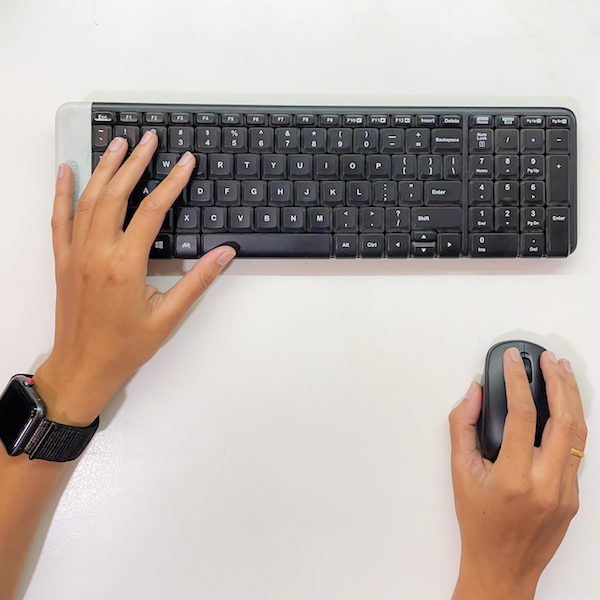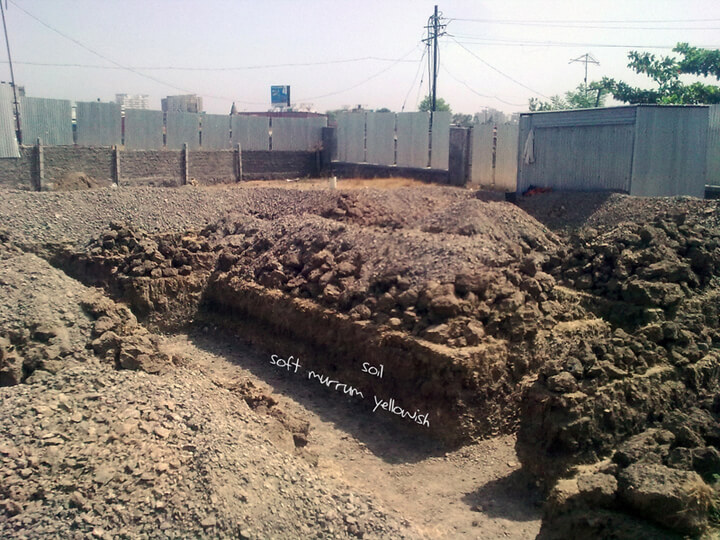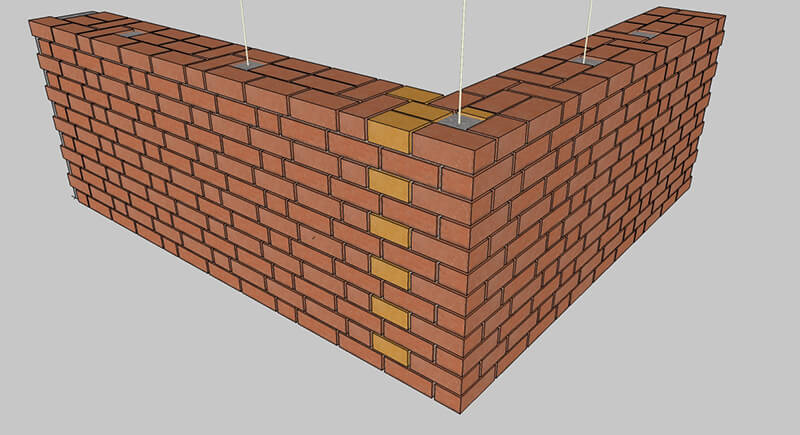Notable Points regarding household grey water treatment (for those in the fields of water treatment)
Date of post:May 2013
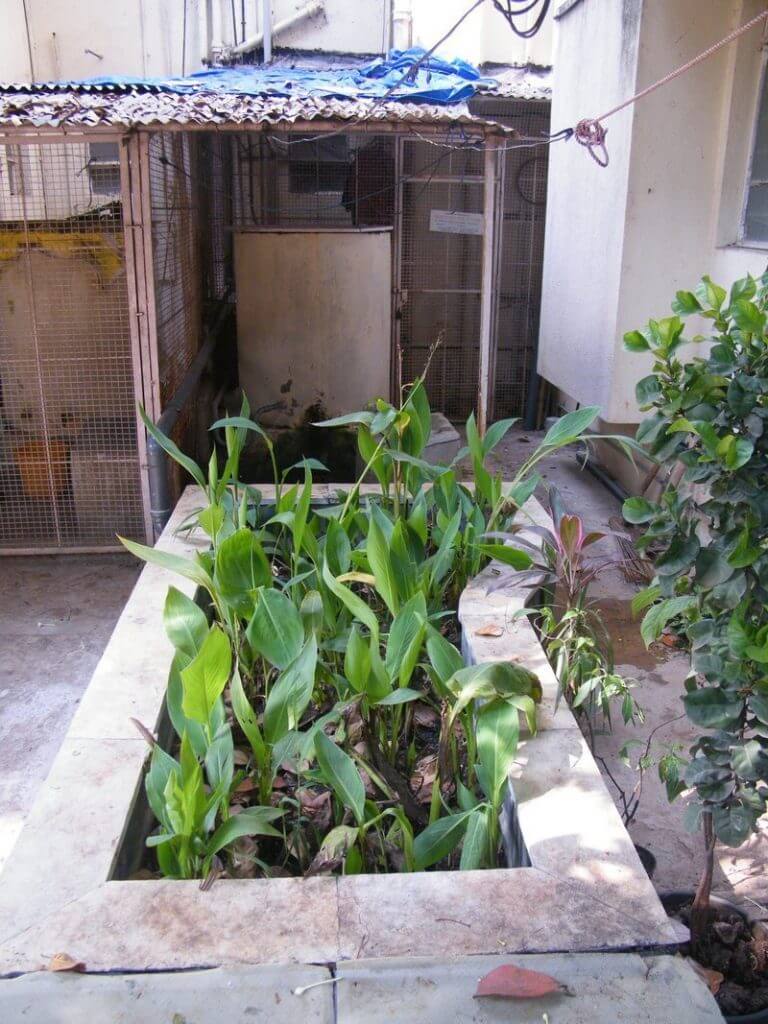
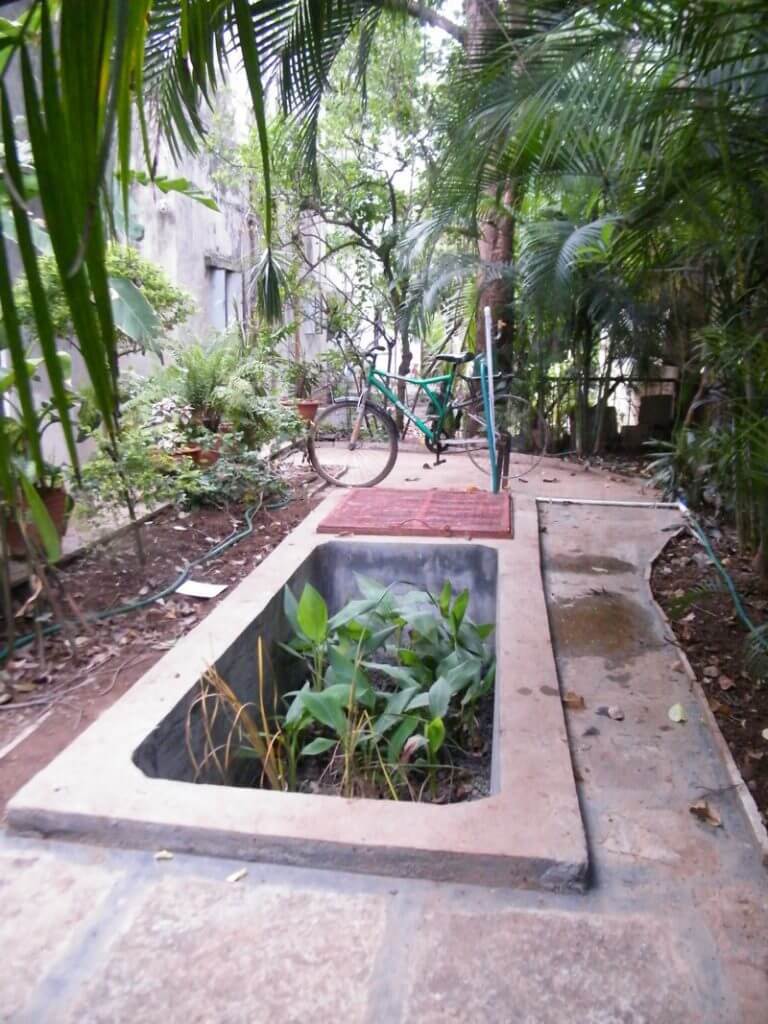
1. For a planted filter bed of canna to actually treat water, water should be sprinkled from top. That water should be in a flow from top to bottom and only then it will be absorbed by the roots. This can coincidentally work efficiently in a household horizontal filter bed also. When the downflow inlet of 4″ diameter gets blocked with excess flow, water overflows from top. Thus it spreads over the bed and gets absorbed over a larger surface area. It gets absorbed near the stems of the plants and flows downwards towards the roots ensuring good absorption.


2. BOD and COD, phosphates and allowable levels of other chemicals specified by the Central pollution control board are inspired from western countries / archaic British norms. They are designed assuming a baseflow in rivers/canals where waste water is to be added to. These norms may be inadequate for a waste water system which completely purifies and reuses water within a small campus.


3. Dewats system which has been most experimented with in Auroville, is based on maximum retention time. The longer it takes to treat the water, the purer it will be.
4. Effective micro-organism (EM) based treatment system is based on microbial activity. These microbes eat the impurities and convert it to beneficial compounds. They act as a filter. Hence water cannot be logged in the system like in a Dewats plant. It need to pass through the filter bed and exit thus maintaining the required dry environment for the microbes.
5.Amongst the impurities present in water, Nitrates cause damage to the haemoglobin/oxygen carrying capacity. The nitrogen cycle is such that it gets absorbed only through plants. Waste water sytems do not reduce nitrate levels in water. They generally remain the same. Mr. Bhavalkar of bhavalkar institute however works on the reduction of nitrate. This water will not be superficially clean in terms of smell or cod /bod. But will be good for human health and well being.
6. For manufacturers of Ecofert, an EM based filter syetem, Bod/Cod are not the ultimate norms of purifying water. The need to form a healthy ecosystem is more important. And hence the output water will prove for itself if there is a good growth of fish and other organisms in it. It is thus following a natural cycle to purify itself. They are working with larger government authorities in trying to make rivers and nallahs rejuvenated with the right vegetation and natural filters. Dissemination through books and journals is proving essential for this.
7. I learnt form Nrgtechenviro that finally pure water and effective tretament is essential. For which a dose of alum, or a pumping process can also be justified. With the large scale projects at which they were working the final result of non smelling reusable water was the only aim. Clean looking pure water is very much acheivable.
8. Viraj envirozing works with entire plumbing consultancy for builders and use the Dewats system. They procure the australian phragmites grass for the reed bed. Working with builders and apartments implies less space availibity which they adress in their consultancy. A willingness to experiment with construction and partenr with builders is also evident.
9. The latest experimentation happening in Auroville on waste water treatments is with the use of Vortices. Victor Schauberger researched on those. It is a way of maximizing aeration but would require pumping.
The above few consultants I mentioned are independent in their work and ideas. Their technology may or may not be comparable, because it is only for a technically sound person to compare the same. As an architect I have gained an idea of how it would influence my planning process. All the consultants above have patented technologies and many years of experience. The Dewats sytem in Auroville however is free for anyone to study from the dewats book ( download pdf ). The dewats dissemination society charges 10thousand rupees and more for teaching engineers about plant design. Other means of learning about this is through an environmental engineering background. Or for somebody like Mr. Bhavalkar who has a rural background of observation and analysis through chemical engineering. Or for that matter Ecofert people who have a background in biology and botany.
In India, or in Pune, very few books have been written about waste water treatments. Treatments which work for our climate with our native plants for the kind of waste water we produce needs to be studied and written about. And if it makes sense to make it a part of everyone’s lifestyle, it should definitely be a part of architectural curriculum. The India water portal can disseminate facts about this to children as well. But the haze that surrounds eco-technologies needs to be cleared for the good of all.
credits: Viraz envirozing, Navin singhji of NRgtech, Ecofert technology, Bhavalkar institute
